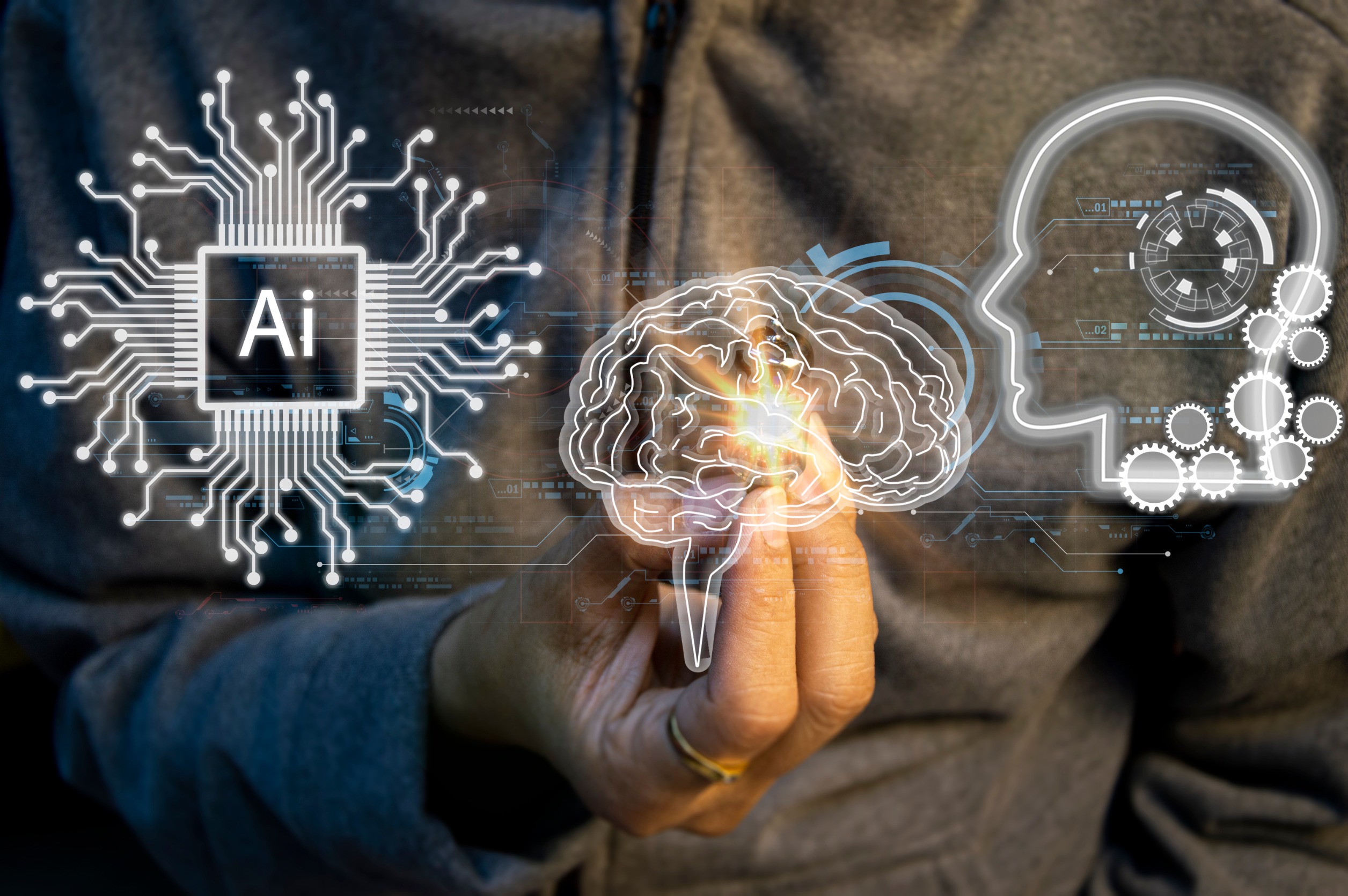 Among the many issues facing healthcare is unnecessary variation in clinical and administrative practices. EHRs, when implemented properly, can help reduce variation but only in a humble culture that embraces best practices using IT enablement to ensure consistent instantiation of best practices. A question that deserves much attention is, “How will the introduction of generative AI (GAI) into the healthcare environment impact outcomes, quality, costs, equity, and satisfaction (the primary elements of the Quintuple Aim)?”
Among the many issues facing healthcare is unnecessary variation in clinical and administrative practices. EHRs, when implemented properly, can help reduce variation but only in a humble culture that embraces best practices using IT enablement to ensure consistent instantiation of best practices. A question that deserves much attention is, “How will the introduction of generative AI (GAI) into the healthcare environment impact outcomes, quality, costs, equity, and satisfaction (the primary elements of the Quintuple Aim)?”
One of the most frequently mentioned concerns about GAI is the fact that it is non-deterministic. Giving a GAI product the same inputs and asking the same question does not necessarily generate the same answer. Does a non-deterministic tool have a place in care delivery? Emphatically, yes. Controlling variation is the issue that should be addressed.
There are plenty of opportunities where GAI can be used. Opportunities include but are not limited to natural language interfaces (clinical documentation), data analytics (data identification and correlation), virtual assistants, chatbots, automation of numerous laborious tasks, smart alerts, training (simulations), onboarding, notifications, and diagnostic assistance.
Think about variation in the current state of care delivery. If you give the same information about a patient to five physicians in any institution and ask each of the five physicians to make a diagnosis and recommend a treatment plan, will you get the same answer every time? If they all use the same EHR in the same facility and make the exact same personalizations, the answer is probably. But what if you asked that question to five physicians using five different EHRs in five different facilities? Would you get the same answer? Probably not.
Variation is inevitable. Physicians often face non-deterministic outcomes when diagnosing and treating patients. Healthcare is inherently complex, and no two patients are exactly alike. Patient variability, evolving medical knowledge, and the subjective nature of some medical decisions can lead to different diagnoses and treatment plans for similar cases.
Variation exists even when the same version of a vendor’s EHR is deployed at different organizations because almost every instance of an EHR is customized locally during its design and implementation. Except for some SaaS models, not everyone with a vended product will be on the same upgrade schedule; hence, there could be variation.
GAI products can be challenging due to the “black box” nature of some models. Understanding how GAI reaches its conclusions can be difficult, leading to skepticism. GAI’s non-deterministic nature can also be problematic when it comes to accountability and transparency, as errors or biases can be challenging to identify and rectify. In contrast, human healthcare professionals can explain their reasoning, answer questions, and adapt their decisions based on patient feedback, building trust through communication and accountability.
The ideal approach may involve combining the strengths of GAI and human expertise in healthcare. GAI can assist physicians, nurses, and ancillary service providers by processing vast amounts of data, providing recommendations, and reducing the risk of human error. Caregivers can then use their clinical judgment, experience, and ethical considerations to make the final decisions while also explaining the rationale to patients.
Ethical concerns around GAI in healthcare, such as privacy, bias, and patient consent, must be addressed transparently to build trust. The ethical framework surrounding GAI in healthcare should ensure that the technology is used to enhance, rather than replace, human healthcare providers. In summary, the challenge of trust in generative GAI products in healthcare, despite their non-deterministic nature, is rooted in the complexity of healthcare decision-making and the established trust in human healthcare professionals. While GAI can offer valuable assistance, building trust in GAI products requires transparency, accountability, and an acknowledgment of the complementary roles of GAI and human expertise in healthcare. Physicians’ non-deterministic outcomes are accepted because patients trust their expertise and the human connection in their care, which GAI products must strive to complement rather than replace.
Every day, we witness discoveries, new insights, and technological advances that inform and often suggest changes requiring updates of best practice processes and supporting technologies. So, how do these “better than best” practices get promulgated? Ideally, you’d receive near and or actual real-time updates to ensure you’re delivering the best possible care. Other complicating factors are training and timing. What happens if the treatment is not administered consistently and timely by every caregiver – nurse, physician, or ancillary care professional? Variation occurs.
The true test for healthcare delivery is to set a high standard when it comes to identifying and removing unnecessary variation in all care processes, including clinical, administrative, and financial elements. The legal and commercial phrase “best efforts” should be the guiding principle in efforts to implement best practices. That means prioritizing your efforts to do everything known to be usual, necessary, and proper to ensure the best outcomes – doing so with an ethical and morally driven sense of urgency. Anything less, or any delay, may result in avoidable and unnecessary harm or, in the worst case, death. Our patients, their families, and the communities we serve deserve our best efforts. Best efforts should not be exceptional care. Best efforts should be standard care.
